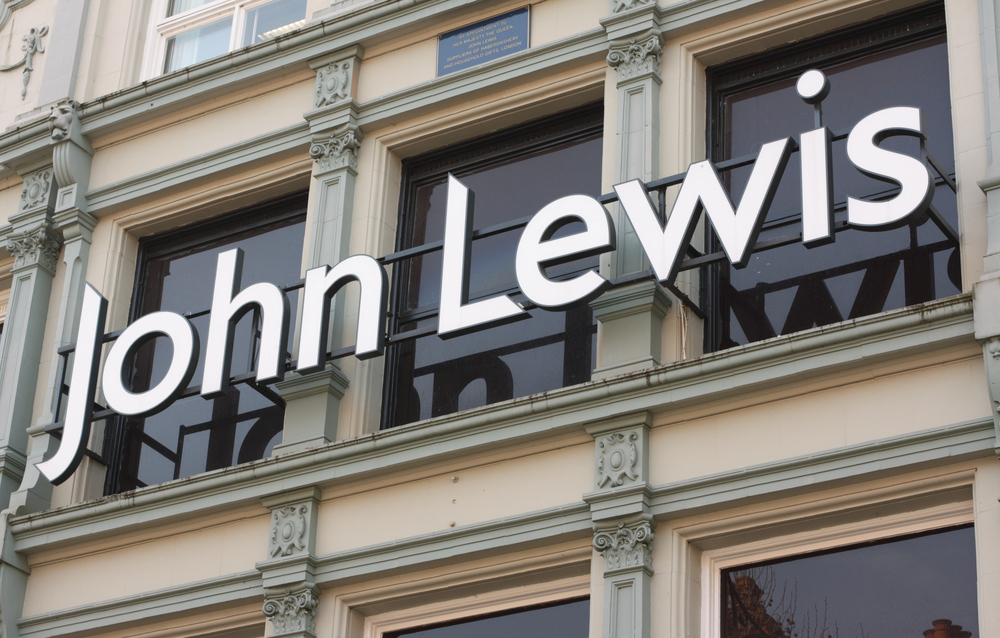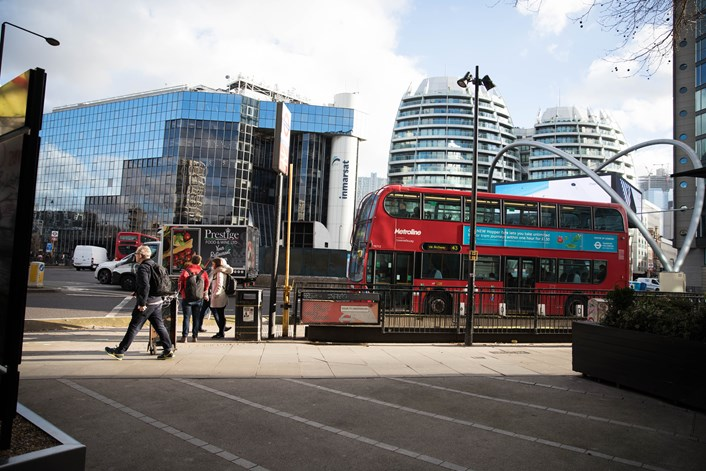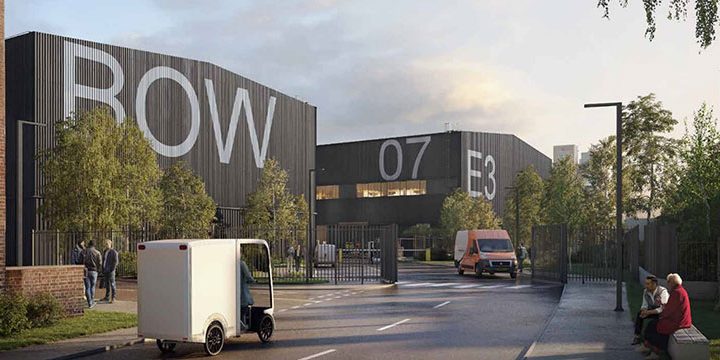The brownfield scheme will be a welcome boon for Bromley as the council has approved a plan to build more than 350 rental homes in partnership with JOHN LEWIS. This initiative signifies the impact of Labour’s ongoing housebuilding drive, which is beginning to take root.
The build-to-rent scheme will be developed, owned, and managed by JOHN LEWIS, showcasing the company’s commitment to enhancing urban living spaces.
Utilizing brownfield land—areas within existing communities with redevelopment potential rather than undeveloped green spaces—has been identified as a key strategy to address London’s urgent housing crisis.
The scheme will be purpose-built for renters, with a focus on “prioritizing local people” and will include a café along with amenity spaces designed for community groups and schools, according to JOHN LEWIS.
Once the homes are occupied, Bromley is projected to benefit from a £70 million injection in council tax over the next decade, the company added.
Councillor Alexa Michael, Chairman of the Development Control Committee, commented: “This development will make an essential contribution to much-needed housing in Bromley while also providing a significant boost to the local economy. While finely balanced with many factors to consider, the proposal represents a clear net benefit to the borough and enhances local housing supply, which optimizes land use on this highly accessible brownfield site at the edge of Bromley’s town centre.”
Katherine Russell, the John Lewis Partnership’s Director of Built-to-Rent, said: “We’re delighted that the elected members have agreed with the recommendations of their planning officials and after receiving significant support from the residents of Bromley. This now allows us to enhance the local area, create vital new housing for the local people of Bromley, and deliver a state-of-the-art Waitrose, which sits at the heart of the community.”
The move is a “big win” for JOHN LEWIS as it seeks to “diversify its offering and become more than just a retailer,” noted Suzi Gatward, Partner at Charles Russell Speechlys. “Mixed-use developments, such as a retail business on the ground floor with residential space upstairs, could become the new norm, and retailers will be keen to explore this as a new opportunity for revenue,” Gatward added.
London boroughs exhibit varying attitudes toward redeveloping brownfield sites. For instance, Harrow has approved just 38 per cent of major developments, whereas Bexley, Greenwich, and Brent approve almost all schemes. Bromley, according to research by London-based pollsters Stack Data Strategy, approves 64 per cent of developments.
The new Labour government has pledged to adopt a “more strategic approach” to greenbelt land designation and plans to “release to build more homes in the right places.” In its manifesto, it stated, “The release of lower quality ‘grey belt’ land will be prioritized and we will introduce ‘golden rules’ to ensure development benefits communities and nature… Alongside urban extensions and regeneration projects, these will form part of a series of large-scale new communities across England.”







